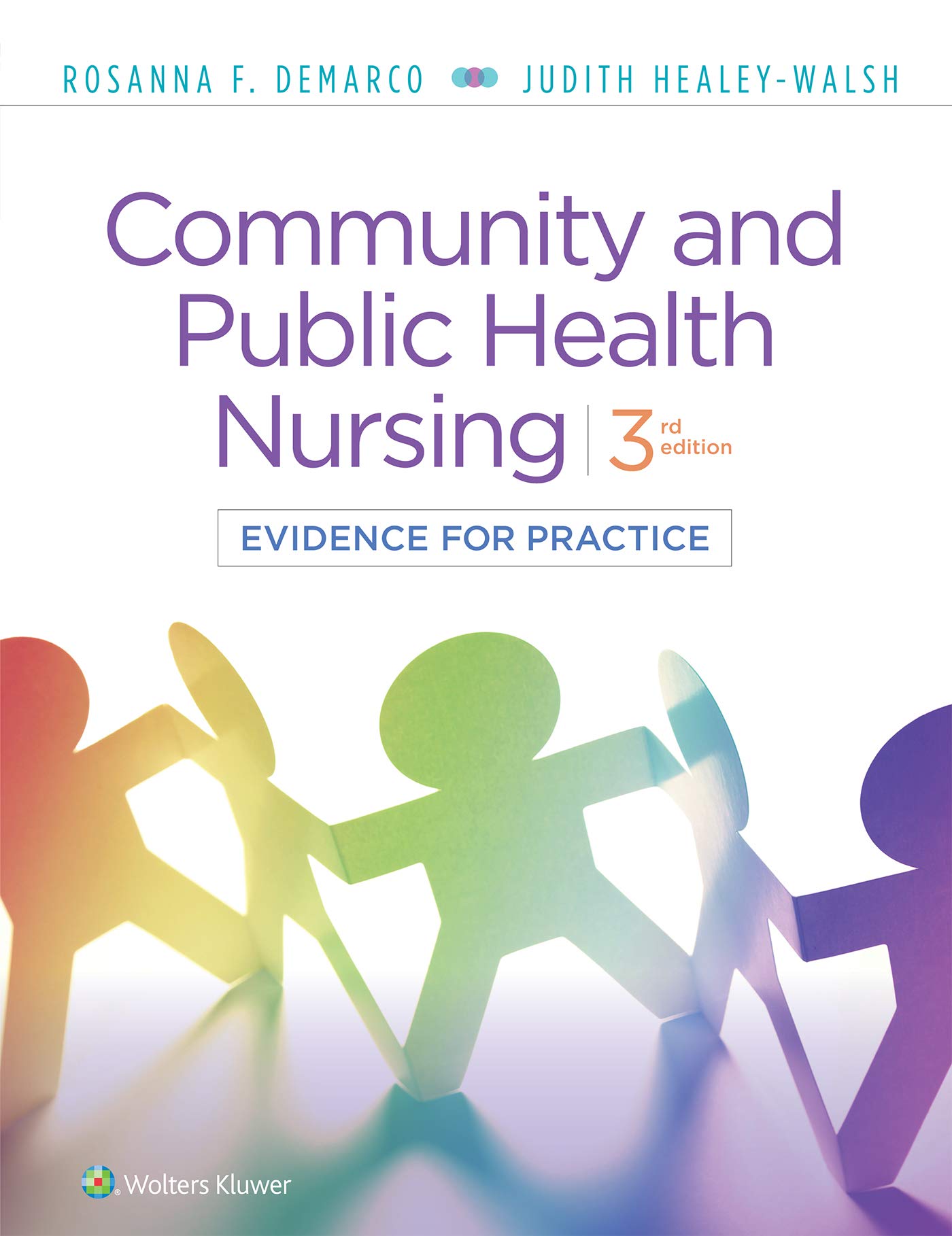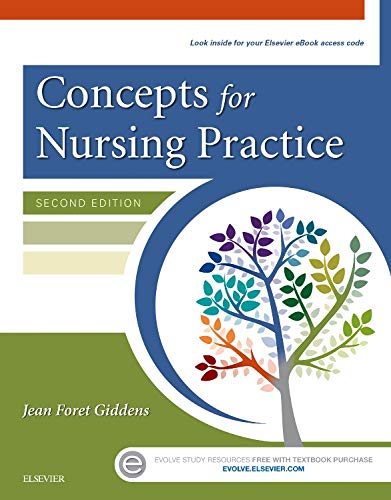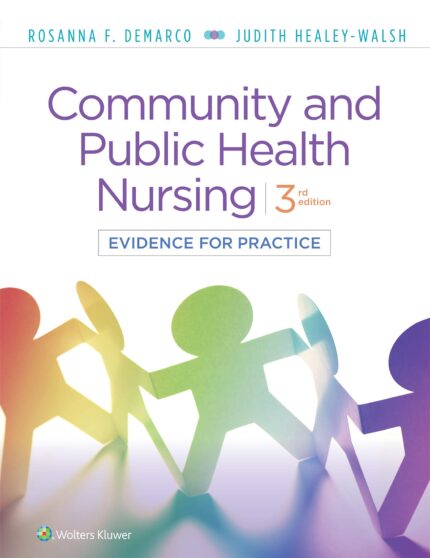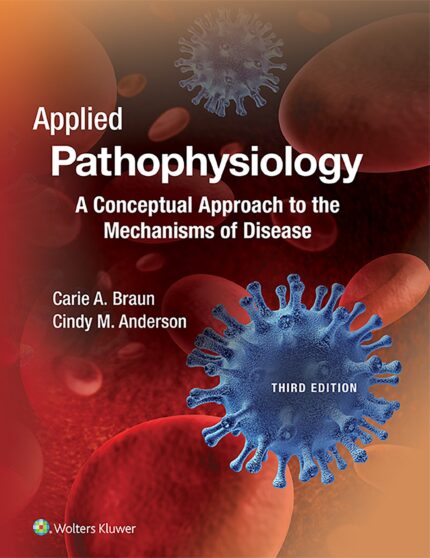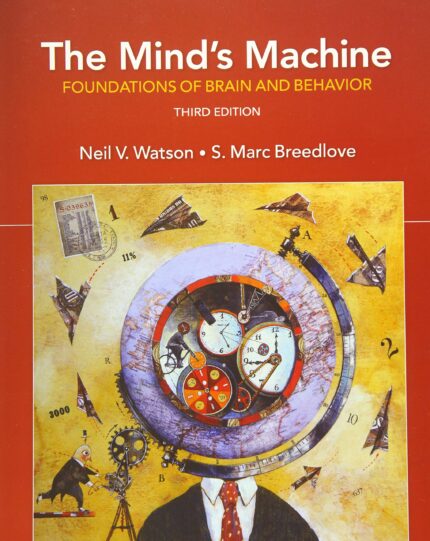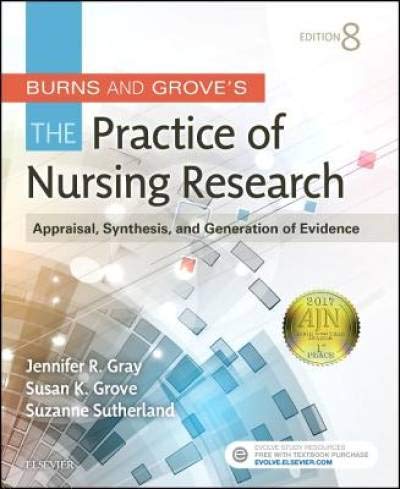Test Bank For Community Public Health Nursing Evidence for Practice 3rd Edition by DeMarco Walsh
Test Bank For Community Public Health Nursing Evidence for Practice 3rd Edition by DeMarco Walsh
Community Public Health Nursing Evidence for Practice 3rd Edition by DeMarco Walsh – Test Bank
Community Public Health Nursing Evidence for Practice 3rd Edition
Community Public Health Nursing Evidence for Practice
1. A nurse is striving to practice patient-centered care at a hospital. Which action best
exemplifies providing patient-centered care?
A) Having a client complete a self-reported functional status indicator and then
reviewing it with the client
B) Explaining to a client the benefits of computer-assisted robotic surgical
techniques, which the hospital recently implemented
C) Recording a client’s signs and symptoms in an electronic health record
D) Performing continuous glucose monitoring of a client while the client is in the
hospital
Ans: A
Feedback:
Patient-centered care considers cultural traditions, personal preferences, values,
families, and lifestyles. Clients become active participants in their own care, and
monitoring health becomes the client’s responsibility. To help clients and their
healthcare providers make better decisions, the Agency for Healthcare Research and
Quality (AHRQ) has developed a series of tools that empower clients and assist
providers in achieving desired outcomes, including client-reported functional status
indicators. Computer-assisted robotic surgical techniques, electronic health records, and
continuous glucose monitoring in the hospital are all technological advances in
healthcare, but they do not help the client become a more active participant in his or her
care, and thus are not good examples of patient-centered care.
Origin: Chapter 1- Public Health Nursing, 2
2. A nurse is caring for an older client who is struggling to manage her type 2 diabetes
mellitus. The nurse should recognize which social determinants of this client’s health?
(Select all that apply.)
A) Household income of $23,000 per year
B) Reading level of a third grader
C) Medication ineffective due to error in prescription
D) Originally from Sudan
E) No family in the area
Ans: A, B, D, E
Feedback:
The social conditions in which people live, their income, social status, education,
literacy, home and work environment, support networks, gender, culture, and
availability of health services are the social determinants of health. These conditions
have an impact on the extent to which a person or community possesses the physical,
social, and personal resources necessary to attain and maintain health. A medical error
on the part of the client’s primary care provider or nurse would not constitute a social
determinant of the client’s health.
Origin: Chapter 1- Public Health Nursing, 3
Page 3
3. A nurse successfully persuades an obese client to perform a weekly weigh-in at home
using a digital scale and record the weight in a log. This strategy is an example of:
A) Telehealth
B) Health information technology
C) Personal responsibility for health
D) Evidence-based nursing
Ans: C
Feedback:
Personal responsibility for health involves active participation in one’s own health
through education and lifestyle changes. In this case, the client makes a positive change
in lifestyle by monitoring bodyweight weekly. Telehealth is the use of electronic
information and telecommunications technologies to support long-distance clinical
healthcare, client and professional health-related education, public health, and health
administration. Health information technology (HIT) is defined as the comprehensive
management of health information and its exchange between consumers, providers,
government, and insurers in a secure manner. Evidence-based nursing is the integration
of the best evidence available with clinical expertise and the values of the client to
increase the quality of care.
Origin: Chapter 1- Public Health Nursing, 4
4. A nurse performs a variety of tasks as part of the nurse’s position at a hospital. Which
task best exemplifies public health?
A) Reading current nursing journals and integrating the latest research into daily
practice
B) Instructing a client on how to best care for a suture site at home
C) Participating in a videoconference call with a client who lives in a remote area
D) Facilitating a community-wide smoking cessation program one month out of the
year
Ans: D
Feedback:
Public health is what society does collectively to ensure the conditions exist in which
people can be healthy. A community-wide smoking cessation program is a great
example of a public health intervention, in that it involves the collective effort of society
to improve the health of its members. Reading and applying the latest nursing research
is an example of evidence-based nursing. Instructing a client on how to best care for a
suture site at home is an example of personal responsibility for health, but it is not
focused on the health of the greater community. Participating in a videoconference call
with a client who lives in a remote area is an example of patient-centered care and of an
effective implementation of technology, but it is not particularly related to public health.
Origin: Chapter 1- Public Health Nursing, 5
5. Public health nursing is distinguished from other specialties by adherence to eight
principles. Which is one of the eight domains of public health nursing practice?
A) Analytic assessment skills
B) Investigation of disease
C) Referral and follow-up
D) Case management
Ans: A
Feedback:
The eight domains of public health nursing practice are as follows: Analytic assessment
skills, policy development and program planning skills, communication skills, cultural
competency skills, community dimensions of practice skills, public health science skills,
financial planning and management skills, and leadership and systems thinking skills.
Investigation of disease, referral and follow-up, and case management are all public
health nursing interventions but are not domains of public health nursing practice.
Origin: Chapter 1- Public Health Nursing, 6
6. Public health nursing is distinguished from other specialties by adherence to eight
principles. Which is one of the eight domains of public health nursing practice?
A) Policy development and individual planning skills
B) Individual dimensions of practice skills
C) Financial planning and management skills
D) Leadership and individual critical thinking skills
Ans: C
Feedback:
The eight domains of public health nursing practice are as follows: Analytic assessment
skills, policy development and program planning skills, communication skills, cultural
competency skills, community dimensions of practice skills, public health science skills,
financial planning and management skills, and leadership and systems thinking skills.
Origin: Chapter 1- Public Health Nursing, 7
Page 4
7. Public health nursing is distinguished from other specialties by adherence to eight
principles. Which are domains of public health nursing practice? (Select all that apply.)
A) Intuitive assessment skills
B) Community organization skills
C) Communication skills
D) Cultural competency skills
E) Product marketing skills
Ans: C, D
Feedback:
The eight domains of public health nursing practice are as follows: Analytic assessment
skills, policy development and program planning skills, communication skills, cultural
competency skills, community dimensions of practice skills, public health science skills,
financial planning and management skills, and leadership and systems thinking skills.
Origin: Chapter 1- Public Health Nursing, 8
8. Which was a duty performed by district nurses in Liverpool, England, in 1865?
A) Use epidemiologic knowledge and methods
B) Encourage community organization
C) Report facts to and ask questions of physicians
D) Assist physicians with surgery in the newly constructed hospitals
Ans: C
Feedback:
Duties of district nurses in Liverpool, England, in 1865 included the following:
Investigate new referrals as soon as possible; report to the superintendent situations in
which additional food or relief would improve recovery; report neglect of clients by
family or friends to the superintendent; assist physicians with surgery in the home;
maintain a clean, uncluttered home environment and tend fires for heat; teach the client
and family about cleanliness, ventilation, giving of food and medications, and obedience
to the physician’s orders; set an example for “neatness, order, sobriety, and obedience”;
hold family matters in confidence; avoid interference with the religious opinions and
beliefs of clients and others; report facts to and ask questions of physicians; and refer
the acutely ill to hospitals and the chronically ill, poor without family to infirmaries.
Using epidemiologic knowledge and methods and encouraging community organization
are principles of public health today, not duties of district nurses in England in 1865.
Nurses at that time assisted physicians with surgery in the home, not in newly
constructed hospitals

